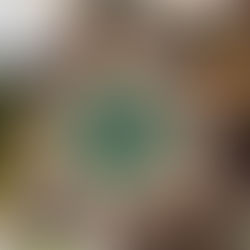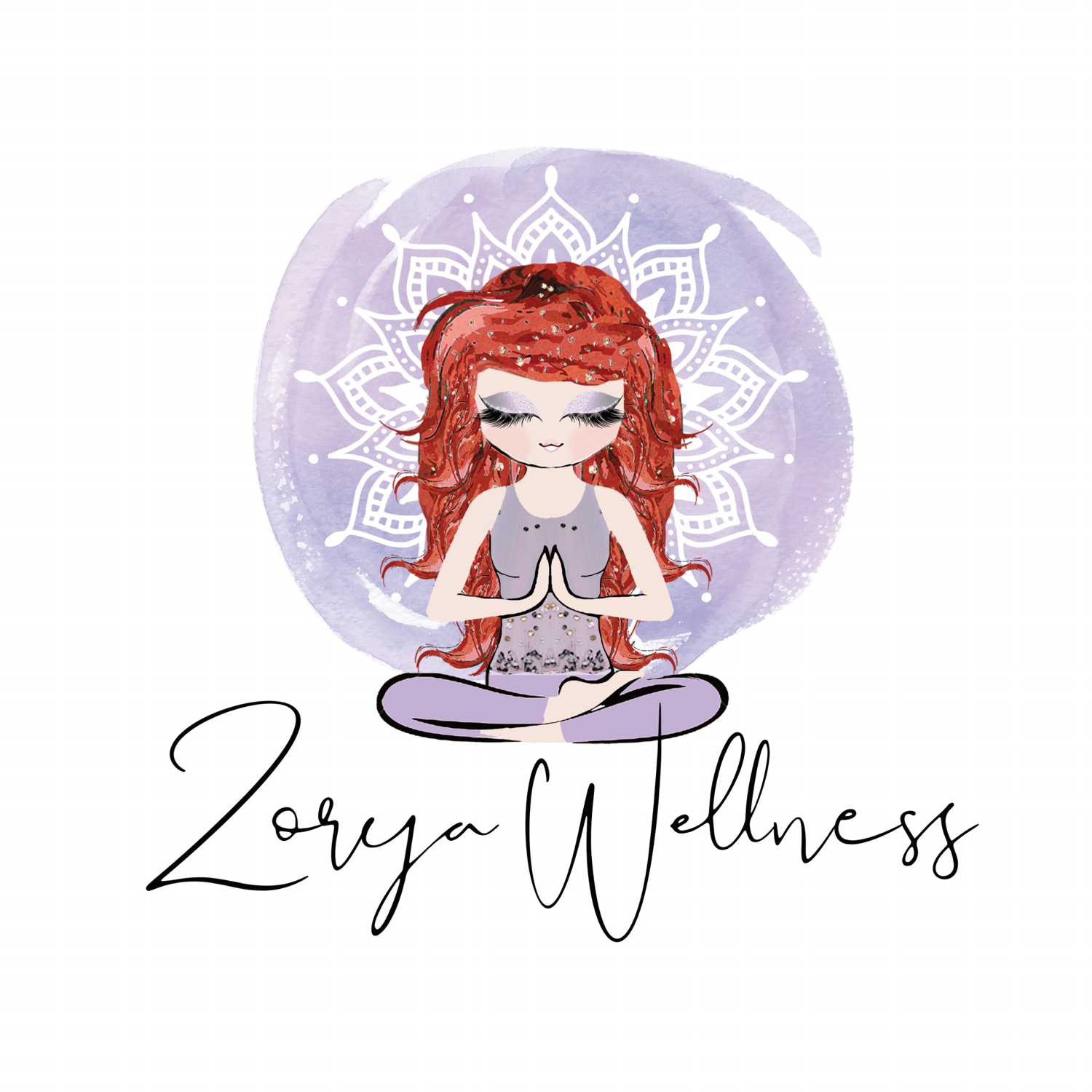Yule Winter Solstice. Myths & Traditions of Yule And How To Celebrate Winter Solstice.
- Veronika
- Nov 26, 2021
- 8 min read
Updated: Nov 4, 2023
Today my friends, we are going to talk about the pagan holiday that is probably one that is most connected to stories, myths and magic.
Yule (or Joel/Yuil) is a pagan holiday of Winter Solstice celebrated by Germanic and Scandinavian folks (but not only) around December 21-22.
Originally pagan, the holiday became very traditional and used to be celebrated along with Christmas during the period of Christianization before being completely pushed out and lost.
However, Yule is probably the most powerful and sacred out of all Wheel of the Year holidays.
Wheel of the Year is not just a number of holidays or special days in a year, connected to the cycles of nature. It is the symbol of life and death, fertility and continuation of life. It goes far beyond the mundane hustle and bustle.
During those 13 nights, all the Worlds and their inhabitants are coming together in Midgard. Gods and Goddesses, elves, trolls, dwarves and the dead from the Underworld. All are coming down to communicate with us. At the same time, those who practice astral travel will join the riders of the Wild Hunt, called Oskorei.
At the same time, Yule is the period of festivities and feasts, when people would come together to greet the Sun that is rising from the darkness at last.
Yule Blog Outline
Yule Altar Elements, Tools & Correspondences
How did the word "Yule" originate and what does it mean?
History and Traditions of Yule
Yule Cat
Mother's Night
How Can You Celebrate Yule: Yule Day Traditions & Preparations
How Can You Celebrate Yule: Getting Together: Yule Table
How Can You Celebrate Yule: Make a Yule Log
How Can You Celebrate Yule: Make a Yule Wreath
How Can You Celebrate Yule: Decorate Yule Tree

Yule Altar Elements, Tools & Correspondences
Yule Colours: Gold, Red, Green, White
Elemental Work: Earth, Fire
Candles: green, plain beeswax, gold
Flowers & Plants: Carnations, Spruce, Pine, Wheat, Holly, Mistletoe
Food: Oranges, Apples, Baked Goods
Drink: Ale, Cider, Glögg
Samhain Gods & Goddesses: Cernunnos
Crystals: Green Aventurine, Red Jasper, Snowflake Obsidian
Samhain Animals: Cat, goat, boar, owl
Incense & Herbs: Myrrh, Pine, Cedar, Peppermint
Other Yule Ritual Attributes: Yule Log, wreaths, pines
For a COMPLETE LIST of correspondences + so many other cool things, check out my Yule printable!
How did the word "Yule" originate and what does it mean?
Well, this question would be a bit difficult to answer. The etymology of the word Yule is lost but the root seems to be in the Indo-European language category with the meaning "to spin", "to turn around" or simply "a wheel".
In theory, it could also mean something along the lines of "time of the turn", "turn of the year", "the dark time" or even "the sacrifice time".

History and Traditions of Yule
Yule traditions depend highly on the location we look at. But let's review what is most known and still incorporated into the modern world.
Yule is celebrated for 13 nights which are called "Nights of Spirits". These 13 nights, from the first sunrise to the last sunrise is the sacred time between the years. This time erases the boundaries between the years. The last night of Yule is called Threttandi in old Icelandic which is translated to "13" and is what gives us an indication of how long the Yule lasts.12
According to Bede historian, Anglo-Saxon tribes would begin Yule celebrations a night before the Winter Solstice (meaning the Eve of Solstice). This is called "Mothers' Night" (translated from Modranecht) and is most likely connected to the rituals dedicated to Frigga and the Dísir.
Urðr, one of the three Norns spins her spindle that symbolizes destiny and the Gods take part in making their decisions with regard to the fate of mankind.
But the most important time of Yule is the Winter Solstice night - the longest night of the year. On this night folks would light up the Yule Fire that would protect the house against unwanted spirits.
In the North, it was customary to make vows on the heads of a wild boar. The meat of the boar was the traditional food of the people of the North. This type of food is still seen on celebration tables of many people in a form of...ham.

Yule Cat
One of the special Yule folklore figures is Yule Cat which is used to frighten children to this day. Yule cat is a pet of Grýla giantess that lives in the cave far in the mountains. It is a large fury animal whose size is compared to that of a bull. The cat is black and has bright fiery eyes.
When Yule approaches the cat visits naughty children and lazy people that didn't prepare for the holiday. He would eat an entire dinner of such a person and if the dinner did not satisfy his taste, he'd eat the children that live in the house. He comes for sacrifices and goodies to pass them on to the ancestors. So those who forget and don't honour their ancestors will have to pay a price.
Yule cat would also eat those who did not bother to wear new clothes to celebrate the holiday.
But despite sounding so frightening, the Yule cat is kind to good people. And those who honour the traditions would absolutely be rewarded. Yule cat is not afraid of dogs or fire that scares away most animals.
Mother's Night
Mother's Night is a similar concept to our holiday preparation. Before Yule people would clean and declutter their homes and try to complete this process before dawn.
This is also the time to prepare your Yule Log and wreath and feed the spirits of your home (rus: домовые) so that they don't feel left out while you are celebrating.
So, How Can You Celebrate Yule?
Yule Day Traditions & Preparations
On Yule morning it was customary to light a candle in every room to greet the Sun God.
The biggest part of the celebration was dinner which was rich in meats like ham and pork but this can totally be omitted by pagan vegetarian folks.
It is important to step into Yule completely clean, both with your body and your mind. So make sure you take a shower in the morning, pamper yourself with some creams and perfumes and if necessary, perform a quick cleansing ritual.
It is said that you will spend the entire next year the way you spend Yule day. There are many rituals done on Yule both for getting rid of negativity, old patterns and stale energy and to attract something positive.
With regards to attraction rituals, they are not really performed to directly work on things like finances or attracting a partner. They are rather designed in a form of New Year's resolutions when you want to achieve blessings from the Gods for your goals and wishes in the year ahead.

Getting Together: Yule Table
If you are regularly reading my Wheel of the Year Blog posts series, you probably noticed me often talking about getting together with loved ones for a celebration.
While it is nowadays very common and normal to celebrate the Wheel on your own, many holidays historically were celebrated together to share with each other happiness and plenty.
So people would get together to greet the Sun that is arising from the darkness. It is not a coincidence that the tree is one of the Christmas elements. The Yule tree, an evergreen tree, symbolizes the life that will continue after winter cold and darkness passes.
Yule table is rich in baked goods, beans, fruits like apples and oranges and pork dishes; some countries serve roasted lamb as a traditional Yule dish.
If you will not have a Yule Altar, you may want to decorate your Yule table with appropriate elements.
It was also believed that you shouldn't spend the Yule night alone, as that would mean you are staying alone with the spirits of the dead.
As I mentioned above, on Yule night people give promises and vows to each other. It is also a great time to have honest and open conversations, especially if you are struggling to be heard in your relationship.

Make a Yule Log
If you are like me then the words "make something" make you wanna scroll past this section. But please don't. There is a reason why I say what I say and traditionally, Yule log should be taken from the earth. Either you take it yourself (usually from your own property but I understand that many don't have this option) or it should be gifted but never purchased.
Once you find an appropriate log (usually it is Ash or Oak tree) you can bring it home and make 3 holes in it in which you will insert 3 candles. Candles could be of gold, red, green or plain beeswax colour. Understand, candle colouring was not a thing back when these traditions originated and while they add meaning to the magickal work (and interior design and décor), these are definitely not necessary elements. If you have simple plain beeswax candles, they will do just fine.
Once you make your Yule Log you can place it on the fireplace and decorate it with greens. Traditionally, people also used to pour cider or ale on the log and sprinkle it with some flour.
My Yule printable contains a SUPER EASY and delicious Yule Log recipe!
But what do you do with it?
Well, you can either leave it as a piece of your winter decorations or do what the ancestors did.
Yule log was set to burn all night. For this reason, people would light it up using the piece of last year's log that was safely kept. It was then left to smolder for 12 days and after that it was taken out in a way of special ceremony.

Make a Yule Wreath
Wait, what's a Yule wreath, you are probably wondering? Most people talk about Yule log but not so much of the wreath.
The Yule Wreath is nevertheless one of the main traditions of the holiday. It looks just like our regular Christmas wreath. Traditionally, it is decorated in green and red tones, not so much in the modern colour palettes of champagne pink and silver colours. Just like with the Yule Log, try to do it yourself, choosing evergreens like spruce or pine. Don't forget to include dried oranges that represent the rebirth of the Sun God, pines and lot's of Yule plants and herbs.
Yule Wreath is installed above a fireplace or on the wall next to the festive table. You can install the Yule wreath on any other surface, except for one... It is not allowed to hang it on the door; this change in tradition was introduced by Christian priests. Some find it to be quite symbolic as it almost seems like pagan traditions were taken outside of the house.

Decorate a Yule Tree
On this day people would also decorate the Yule tree. When I was growing up we always had a real tree at home but I encourage you to purchase a fake tree, luckily there are SO MANY beautiful ones out there. Unfortunately, when you bring a real tree to your home, you bring it there to die and you will meet Yule or New Year with the energy of death. Just something to think about.
With regard to our ancestors, there are conflicting sources. Many say that our ancestors never cut a tree to bring home and would decorate the Yule tree outside of their house. Others claim that people would cut a tree and in fact would place gifts for family members and offerings to the Gods and elves under the tree. The decorations would be taken down in January but the tree was to be kept until Beltane when it would be burnt. It's said that the maypole was done from the Yule tree.
Overall, Yule is a very warm, cozy and fun holiday. As you have noticed, Yule traditions blend perfectly with our current ones, so it wouldn't be difficult to integrate this holiday into our lives.














Comments